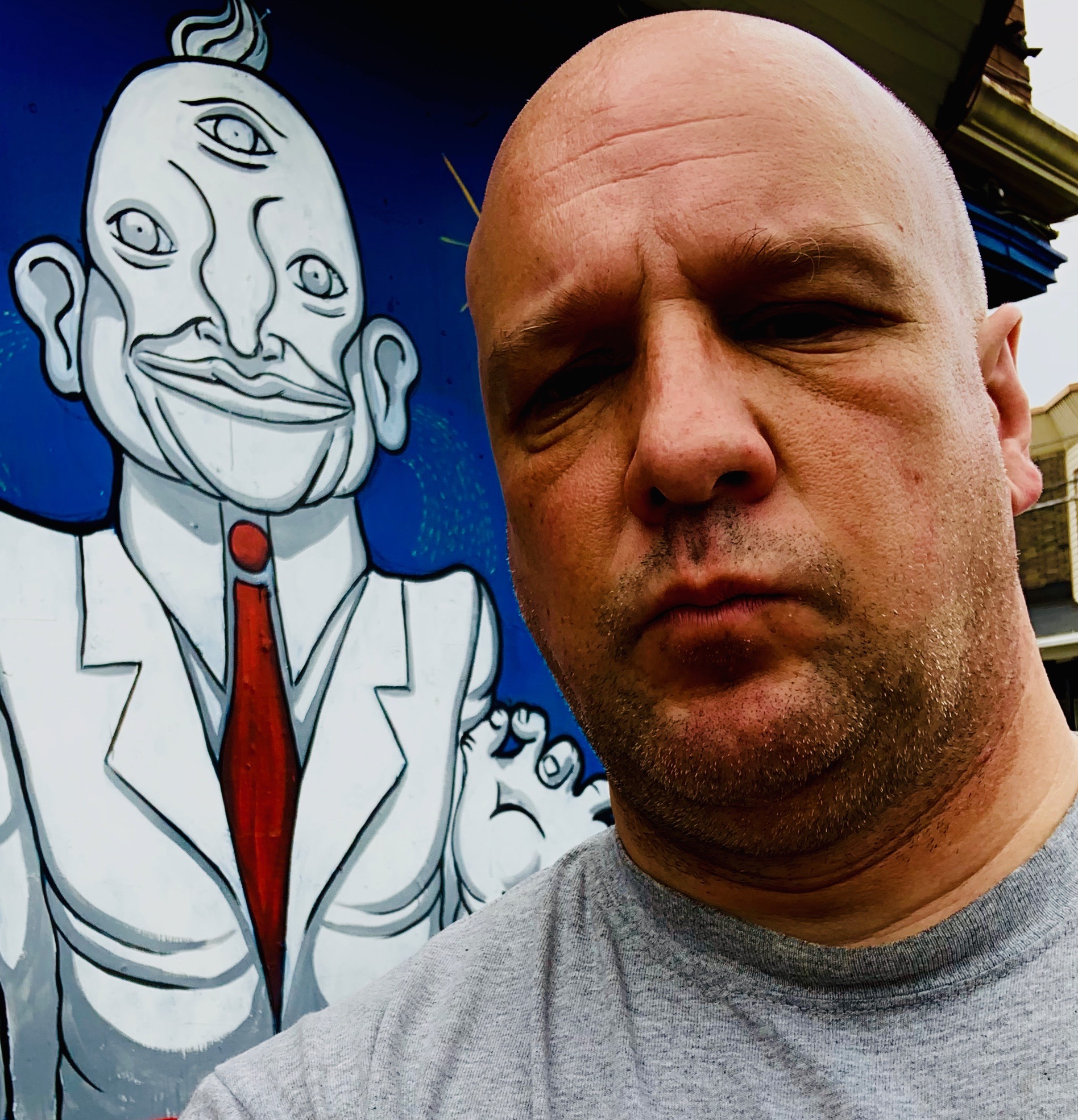Opinion: A safe injection site will not be good for Kensington. Things will get worse
 October 10, 2019
Category: Featured, Long, Purpose
October 10, 2019
Category: Featured, Long, Purpose
Disclosures
This guest column was written by Tim McCloskey, a sixth-generation Kensington resident.[Editor’s note: This is the third opinion piece about Safehouse we have published this week; you can read the other two here and here. If you want to send us your opinion on this topic for publication consideration, we will consider continuing publication through another week. Submit your opinion column to philly@generocity.org.]
So much of what proponents of opening a Safe Injection Site in Philadelphia say simply isn’t true: crime does not go down in the areas around the existing sites. The number of overdose deaths does not go down in the cities that have Safe Injection Sites. More people do not enter treatment after using a Safe Injection Site than otherwise.
You don’t have to believe me. I’m just a knuckle-dragging Kenzo from G Street. But you can listen to Stanford professor Keith Humphreys, who served in the White House Office of National Drug Control Policy under Presidents Bush and Obama. He wrote in the Washington Post:
“…existing research does not establish that drug users who access (Safe Injection Sites) are less likely to die of an overdose over time, or that opening a (Safe Injection Site) lowers a community’s rate of drug overdose fatalities. These two conclusions at first may seem like a contradiction of the findings on the reduced riskiness of supervised drug use sessions, but they are not.”
After a comprehensive review of all the supposed evidence in support of opening a Safe Injection Site, he concluded:
“…the team’s most important conclusion was that most (Safe Injection Site) evaluation studies are of poor methodological quality. When the scientists imposed even a minimal methodological bar for studies to be included in the review, only a handful made the cut. This should make anyone hesitant to make strong claims regarding what the evidence on (Safe Injection Sites) ‘clearly proves.’”
So you’re being lied to. Proponents love to hold up Portugal as the gold standard proof of harm reduction, but even the director-general of drug policy in Lisbon, João Goulão, thinks that opening a Safe Injection Site without first overhauling the country’s criminal justice, social welfare, drug treatment and mental health systems would be a mistake.
“Decriminalization is not a silver bullet,” he told the Vancouver Sun. “If you decriminalize and do nothing else, things will get worse.”
He was asked about what would happen in Portugal if an opioid user had to be revived with naloxone multiple times in a week.
“It wouldn’t happen,” Goulão said. “If it did, he’d probably be in a hospital under intensive psychiatric treatment. Four times in a week is not an accident. It has to be intentional.”
Portugal still has drug courts, and abstinence is their long term goal. Dealers face a mandatory 1- to 14-year prison sentence.
Other countries comprehensively revamped their entire support systems before opening Safe Injection Sites. We don’t have that support here in Philly.
We have long waiting lines to get healthcare for people on Medicaid. Most European countries have free, universal health care which makes it easier to find treatment beds for those with substance use disorders. A Safe Injection Site might make sense in that context because you are trying to keep someone alive for just a short period of time until he/she enters free treatment.
Switzerland provides a safe supply of medical heroin directly to users. This cuts out the need for the middlemen, the drug dealers.
We have very high rates of poverty here, while Finland has experimented with universal basic income, which cuts out the need for people to rob cars and houses, or engage in sex work to support substance use disorders.
We have extremely horrific, everyday gun violence, while Australia confiscated everyone’s firearms in 1996, making fatal street violence among users and dealers a non-issue.
The city of Philadelphia cannot enact any of these measures, yet wants to open a Safe Injection Site in one of its hardest-hit neighborhoods: Kensington. But you can’t just plop a Safe Injection Site down on Hilton Street and expect it to succeed and be safe.
In Calgary, when the crime skyrocketed after their SIS was opened, their provincial government committed $200,000 to fight crime in the surrounding neighborhood. We have heard of no such commitment from the commonwealth yet. No money for treatment beds, no money for law enforcement.
As for community support, Safehouse vice-president Ronda Goldfein, just last week said on WHYY’s Radio Times that the Safe Injection Site has to be in Kensington because “the dealers are there.” This is the exact wrong answer. We don’t want the dealers here; we are at war with them and battle them every day. They are heavily-armed and we want the city’s help in getting rid of these people, not help in creating a one-stop destination for their customer base. We don’t accept the notion that living in fear should be a normal way of life.
Before you start typing that I offer no alternatives and that I would rather see people die in the streets, google Rhode Island’s successful state drug program, administered by CODAC. Something like that is where we should be directing our energy and resources. Why this has not been in our conversation so far is anyone’s guess.
If you really believe drug possession should be legalized, it has to be legal everywhere in the state. It should be legal in Rittenhouse Square, Upper Darby, Radnor and Harrisburg, not just K&A. Not in a lone working-class residential neighborhood that has made it abundantly clear it is not wanted.
Safe Injection Sites might be legal, but they are not right. The science is fuzzy and the negative impact on residents is too great. They are not right for Philadelphia, not right for Kensington. Not now.
Trending News









